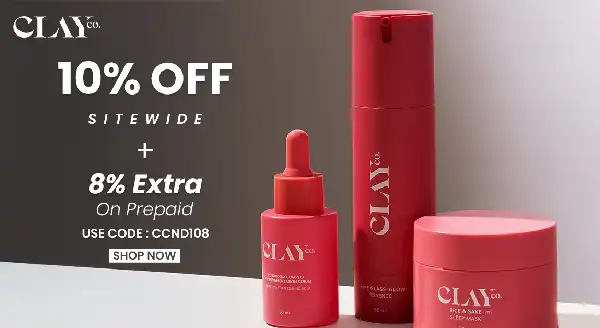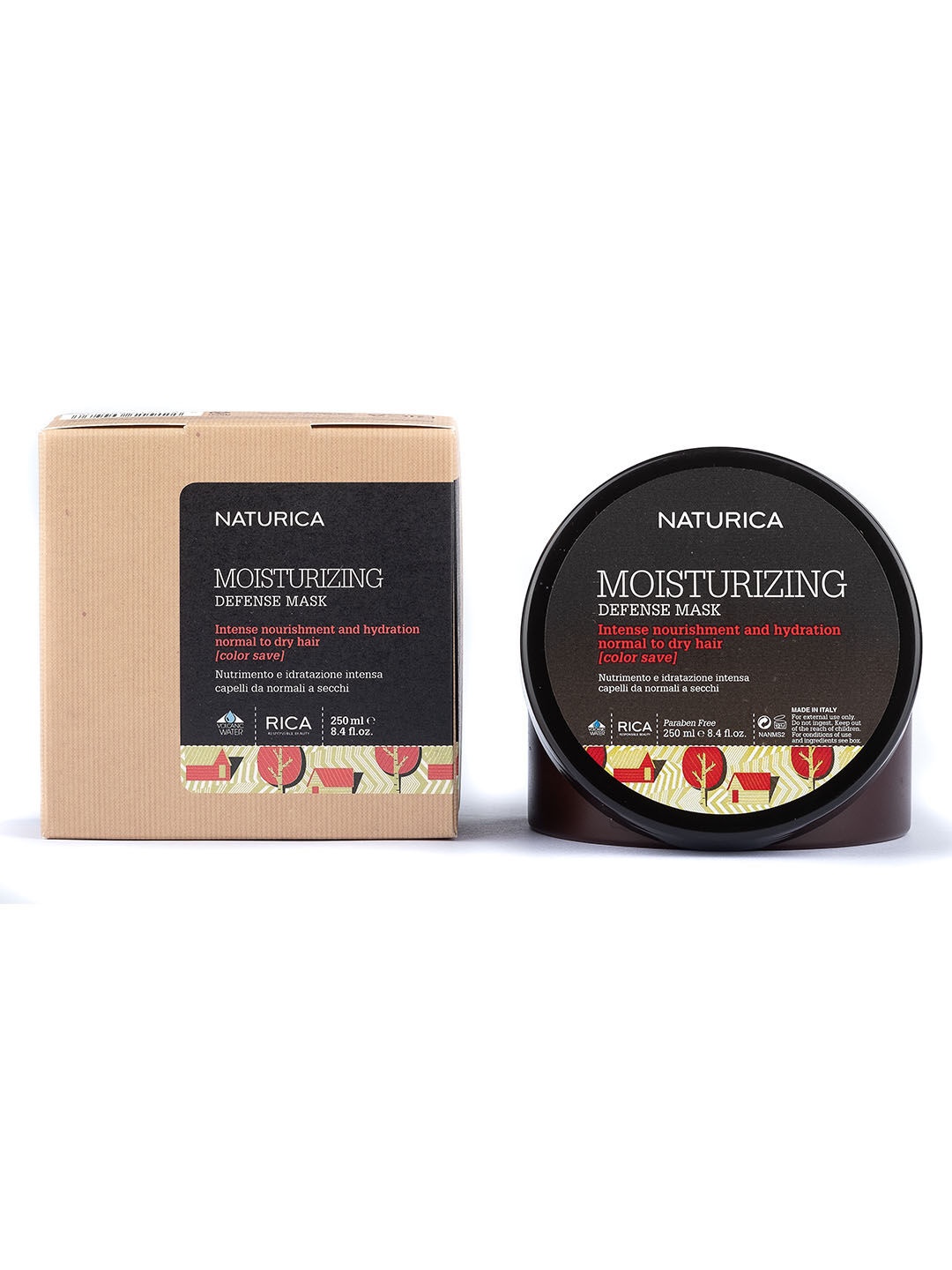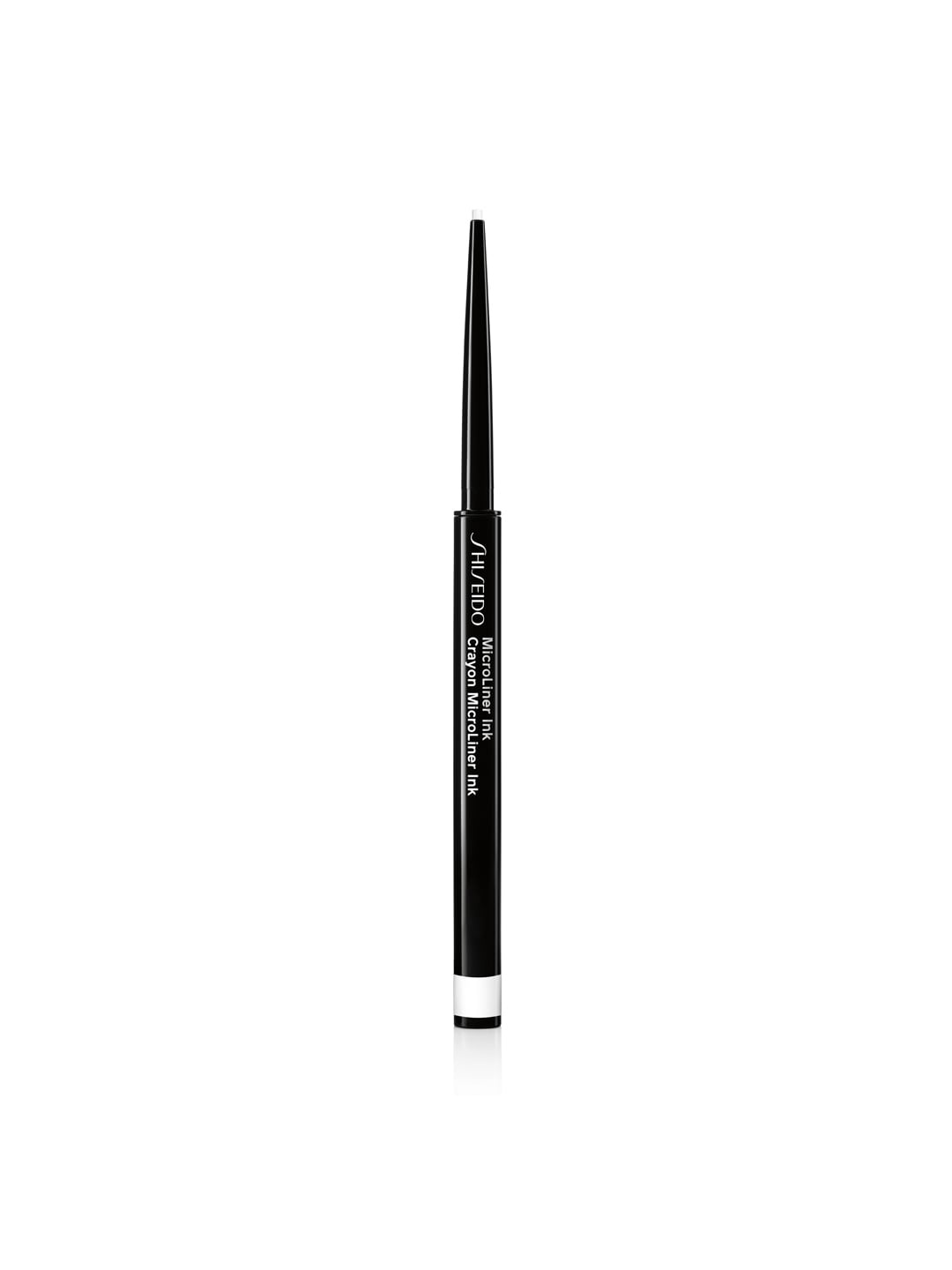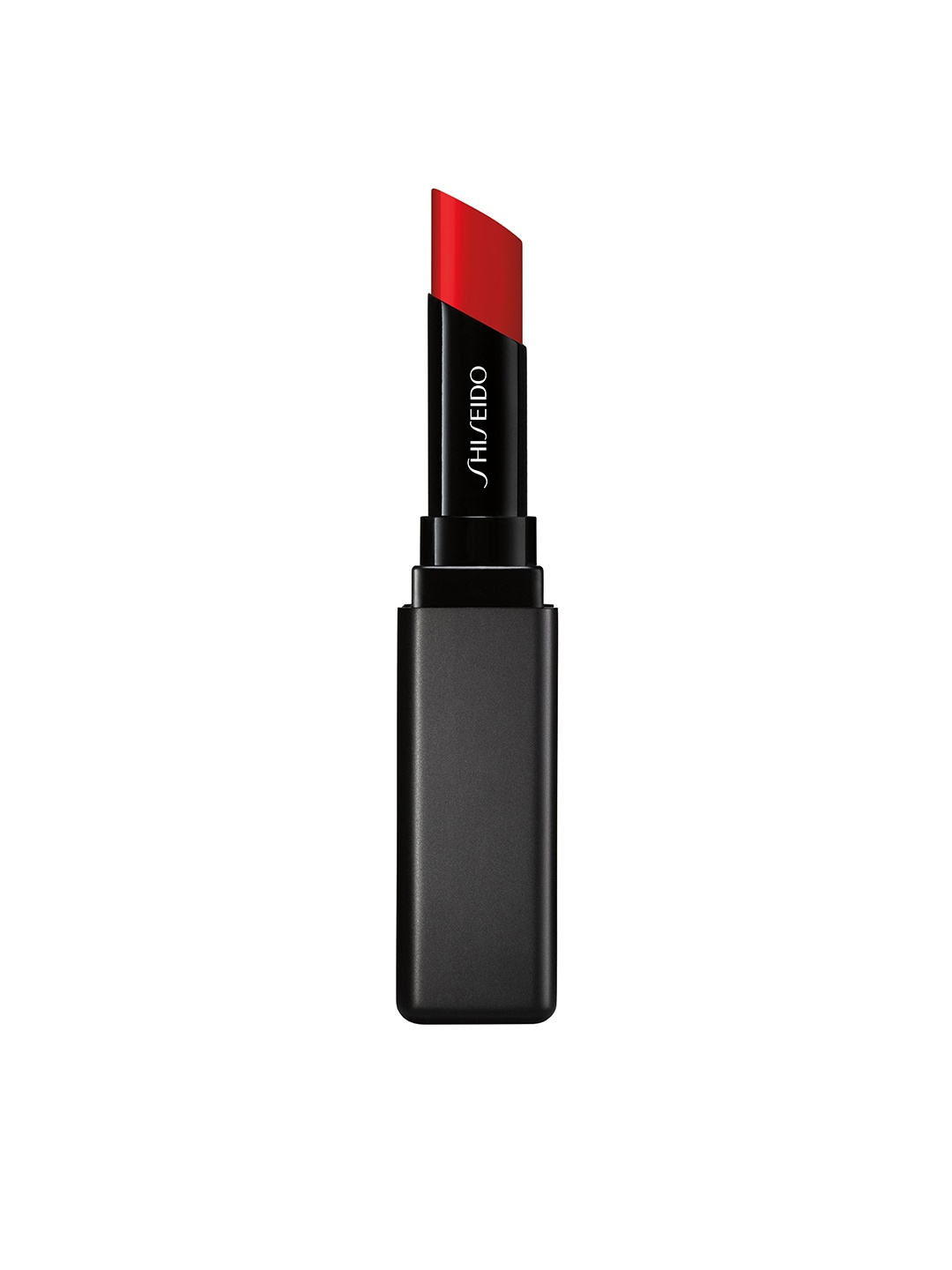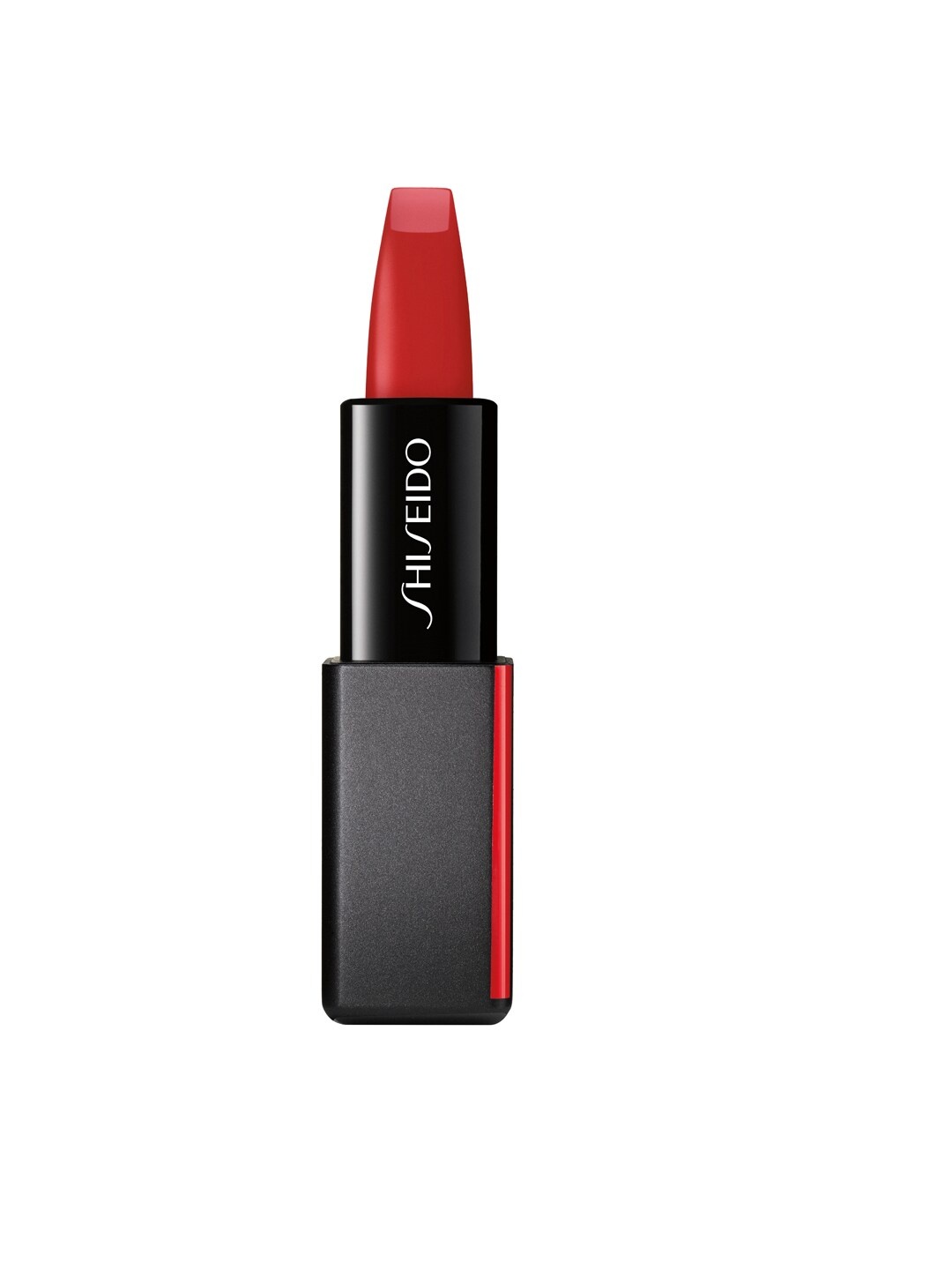Rough Hair from Blow-Drying? Unlock Softness And Shine With These 10 Expert Tips
Ever stepped out with freshly blow-dried hair only to find it feels like a broomstick by evening? You are not alone. Discover why your hair feels rough after heat styling and how to bring back that silky softness, without spending a fortune.

Blow-Drying Making Your Hair Rough? Top 10 Expert Tips To Restore Softness And Shine
In India, a good blow-dry has become something of a beauty ritual, whether it's for a wedding function, an office party, or just because it's Sunday and you deserve to feel fabulous. But while the sleek finish may look salon-perfect at first, by the end of the day, it often turns into a frizzy, straw-like mess. The irony is painful: the very act meant to make your hair look its best usually leaves it feeling its worst.
It's not just about the heat. There's a cocktail of reasons behind that post-blow-dry roughness, some subtle, some glaringly obvious. And fixing it isn't just about slathering on expensive serums. It's about understanding your hair, your habits, and what it needs. Let's unravel this mystery strand by strand.
1. Heat Damage: The Silent Saboteur
Blow-dryers, especially when used at high temperatures, can wreak havoc on your hair. The blast of hot air strips away natural moisture, leaving strands dry, brittle, and prone to breakage. It's a bit like frying papad on an open flame; it may puff up nicely for a minute, but it quickly turns hard and overcooked if you're not careful.
When hair gets overheated, the cuticle, the outer layer of the strand, lifts. Once that protective layer is compromised, your hair loses its shine and softness. The damage isn't always visible straight away, but over time, it builds up.
To combat this, always use the dryer on a medium or cool setting. Don't hover too close to the roots, and keep the dryer moving. Think of it like roasting peanuts, steady, not scorching. Using a heat protectant spray can also act like an umbrella against the heat wave.
Also Read: No More Bad Hair Days When Great Deals On Hair Dryers Are Under 900 During Myntra End Of Reason Sale
2. Skipping Heat Protection: A Common Mistake
Ask anyone in a Delhi parlour if they used a heat protectant before drying, and you'll often get a sheepish “no.” It's one of the most commonly skipped steps, but one that can make all the difference.
Heat protectants form a barrier between your hair and the blow-dryer. Without it, your strands are left exposed, much like stepping out into the May sun without sunscreen. Over time, this leads to rough texture, split ends, and colour fading, especially for those who've indulged in a little global highlights or balayage magic.
The good news? You don't need fancy imports. Plenty of Indian brands now offer budget-friendly sprays and serums under ₹500. Just a few spritzes on damp hair before drying can save you from long-term grief. It's a small habit with big returns.
Beyond the Blow Dryer: 10 Expert Tips for Silky, Shiny Hair After Heat Styling; Photo Credit: Pexels
3. Over-Drying: When Enough Is More Than Enough
Drying your hair until it's bone-dry might seem thorough, but it's counterproductive. Hair doesn't need to feel like hay to be “done.” Over-drying robs it of essential moisture and makes it feel coarse and crunchy.
There's a sweet spot, when your hair is just dry enough to style, but still retains a hint of internal moisture. Think of it like cooking rice, undercooked is bad, but so is turning it to mush. Similarly, aim to stop blow-drying once your hair feels dry to the touch but still has natural movement.
To prevent over-drying, section your hair and work in layers. This gives better control and ensures you don't go over the same spot repeatedly. Use your fingers as a guide; if they glide through easily, you're done.
4. The Wrong Brush: More Harm Than Help
Believe it or not, the brush you use can make or break your blow-dry. Using a cheap plastic brush or the wrong bristle type can tug, pull, and even melt under heat. The result? Frizz, breakage, and that dreaded roughness.
Boar bristle brushes or ceramic round brushes are ideal for smooth blowouts. They distribute natural oils from scalp to ends and help the cuticle lie flat, giving hair that glossy, just-stepped-out-of-the-salon look. In contrast, synthetic bristles often create more friction than finesse.
In Indian markets, you can find quality brushes starting at ₹350. It's a one-time investment that saves you from years of hair distress. Pair it with the right technique, always start from the roots and move downwards, following the direction of the dryer, and you'll see a visible difference.
5. Not Conditioning Properly: Skipping the Basics
Think of conditioner as dal in your haircare thali, essential, comforting, and often underestimated. A proper conditioning routine seals in moisture, softens the strands, and preps them to handle heat styling better.
But many rush through this step, applying conditioner only at the tips or rinsing it off too soon. The right way? Apply from mid-length to ends, let it sit for 2-3 minutes, and rinse with cool or lukewarm water. Cool water helps the cuticle close, locking in that silky feel.
Also, don't rely solely on your shampoo-conditioner combo. Once or twice a week, use a deep conditioning mask or a homemade treatment, like curd with honey or mashed banana with coconut oil. Your nani was onto something with those age-old hair packs.
6. Hard Water Problems: An Invisible Enemy
In cities like Mumbai, Pune, or Hyderabad, hard water is a silent villain. It's loaded with minerals that build up on your hair, making it feel rough, dry, and lifeless, especially after blow-drying.
You might be following all the right steps, but if your water source is harsh, your hair will still suffer. The minerals coat your strands, preventing moisture from penetrating and reacting poorly to heat.
Using a clarifying shampoo once a week can help strip away these deposits. You can also install a basic shower filter; it doesn't have to cost more than ₹700. Even a final rinse with filtered or bottled water can make a noticeable difference. Sometimes, it's not the dryer, it's the water.
7. Using the Wrong Towel: Friction Over Function
Drying your hair with a regular bath towel might feel harmless, but it's often where the roughness begins. Cotton towels create friction, which ruffles the hair cuticle and causes frizz, even before you've switched on the blow-dryer.
Instead, opt for a microfibre towel or an old soft cotton T-shirt. Wrap your hair gently, press out the excess water, and skip the vigorous rubbing. This small switch can dramatically reduce roughness and make your blow-dry smoother and quicker.
In Indian households, soft dupattas or old malmal cloths work beautifully too. Sometimes, the most effective fixes are the ones that don't require shopping, just repurposing.
8. Drying Dirty Hair: Setting in the Grime
Blow-drying unwashed or slightly greasy hair might seem like a time-saver, but it's doing more harm than good. The heat locks in the dirt, sweat, and product residue, creating a dull, waxy finish that feels rough to the touch.
Always wash your hair before a blow-dry, even if it's with a mild shampoo. Start with a clean canvas. If you're short on time, dry shampoo can be a temporary fix, but it doesn't replace a proper wash.
Hair that's clean responds better to styling. It absorbs products more effectively and holds shape longer. Think of it like cooking on a clean tawa, it gives better results every single time.
9. Ignoring Hair Type: One-Size-Fits-None
Every head of hair is different. What works for someone with thick, wavy locks in Chennai may be a disaster for someone with fine, straight hair in Shimla. Blow-drying should always be tailored to your texture and thickness.
Fine hair needs minimal heat and volume-enhancing techniques, while curly or coarse hair needs more moisture and structured sectioning. If you're using the same method as your friend just because it looked good on her, you're setting yourself up for disappointment.
Try experimenting with different techniques: air-dry halfway before using the dryer, or use a diffuser if you have curls. The trick is in observing how your hair reacts and adjusting accordingly. Personalisation is the new perfection.
10. No Post-Dry TLC: Ending the Routine Prematurely
Blow-drying doesn't end when you switch off the appliance. Post-dry care is what locks in the softness and shine. Skipping this step is like getting dressed for a wedding but forgetting jewellery, something always feels incomplete.
Once your hair is dry, apply a lightweight serum or a few drops of argan oil to smooth out flyaways and add softness. Run your fingers through gently to distribute the product evenly.
If humidity is high, hello, Kolkata monsoon, use a humidity-resistant spray to keep frizz at bay. And remember: don't tie your hair too tightly straight after drying. Let it breathe and cool down. Your strands need time to settle, just like a fresh plate of biryani.
Products Related To This Article
1. NOVA NHP 8207 1200W Hair Dryer - Fuchsia Pink
2. Philips ThermoProtect HP8144/46 Hair Dryer Quick Drying 1000W - Light Purple
3. Agaro 2000 Watts Professional Hair Dryer HD-1120 with Concentrator, Diffuser & Comb
4. VEGA VHDH-29 Insta Glam Foldable 1000 Watts Hair Dryer - Blue & White
5. WAHL WCHD8-1324 Argan Care Foldable Hair Dryer - Black
6. Beurer HC 80 2200 Watt Hair Dryer - Black
7. Ikonic Professional Blaze Hair Dryer AC Motor with 2 Interchangeable Nozzles - Black
8. MAKEMEEBOLD Swift High-Speed Hair Dryer For 3X Faster Drying - Rose Gold
9. HOMEBASICS HOMEBASIC 2000 W Cool & Hot Settings 3 Speeds 20,000 RPM Hair Dryer
10. BBLUNT Pro 1800W Ionic Technology Hair Dryer For Frizz-Free Hair - Black & Purple
Hair care doesn't need to be a puzzle or a pricey affair. Most of the reasons your hair feels rough after a blow-dry are simple habits that can be tweaked. With a little attention, the right products, and mindful techniques, you can transform your post-dry disappointment into daily hair delight.
And remember, your hair isn't just strands of keratin. It carries the scent of coconut oil from your childhood, the care of your mother's hands, the memories of weddings, exams, interviews, and everything in between. Treat it with love, and it will reward you in ways no product ever can.
So the next time your hair feels rough after a blow-dry, don't blame the weather or your stars. Look to the habits, tweak the routine, and give your strands the TLC they deserve. Shop Now On Myntra.











